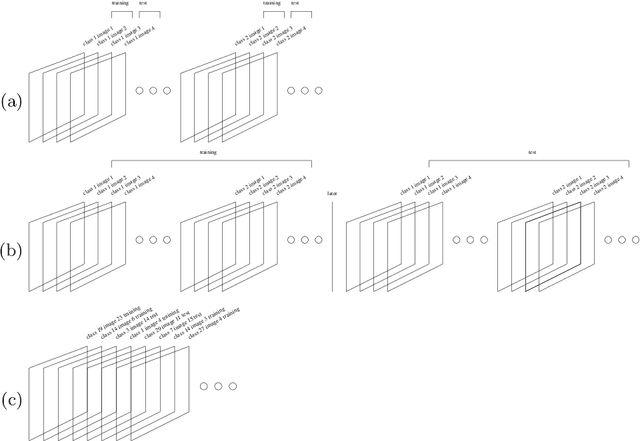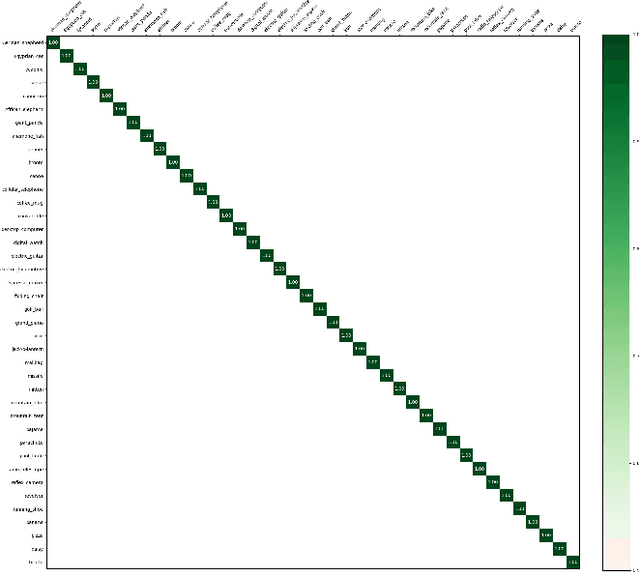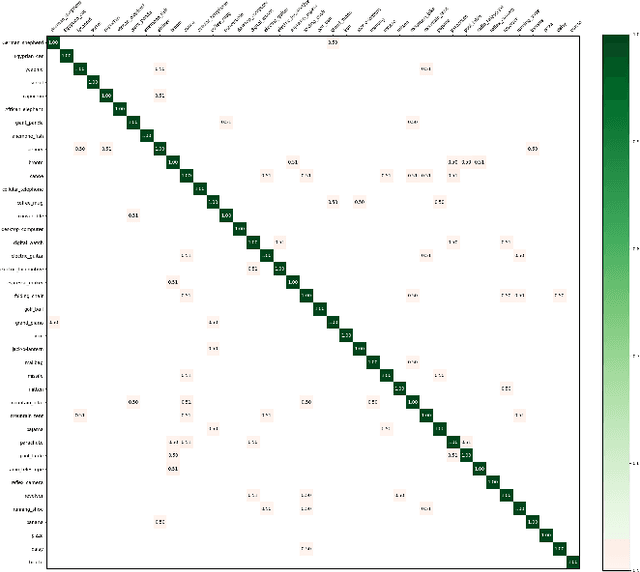Object classification from randomized EEG trials
Paper and Code
Apr 09, 2020



New results suggest strong limits to the feasibility of classifying human brain activity evoked from image stimuli, as measured through EEG. Considerable prior work suffers from a confound between the stimulus class and the time since the start of the experiment. A prior attempt to avoid this confound using randomized trials was unable to achieve results above chance in a statistically significant fashion when the data sets were of the same size as the original experiments. Here, we again attempt to replicate these experiments with randomized trials on a far larger (20x) dataset of 1,000 stimulus presentations of each of forty classes, all from a single subject. To our knowledge, this is the largest such EEG data collection effort from a single subject and is at the bounds of feasibility. We obtain classification accuracy that is marginally above chance and above chance in a statistically significant fashion, and further assess how accuracy depends on the classifier used, the amount of training data used, and the number of classes. Reaching the limits of data collection without substantial improvement in classification accuracy suggests limits to the feasibility of this enterprise.
 Add to Chrome
Add to Chrome Add to Firefox
Add to Firefox Add to Edge
Add to Edge